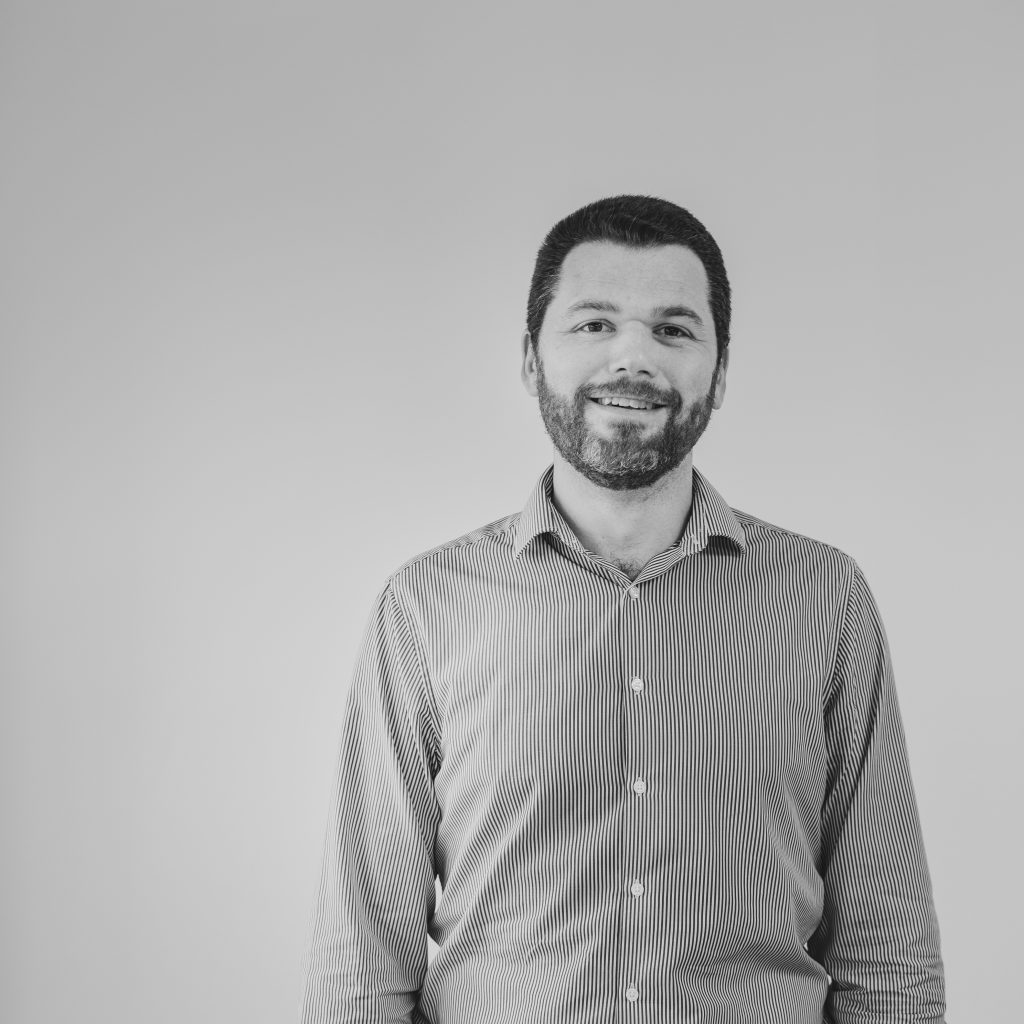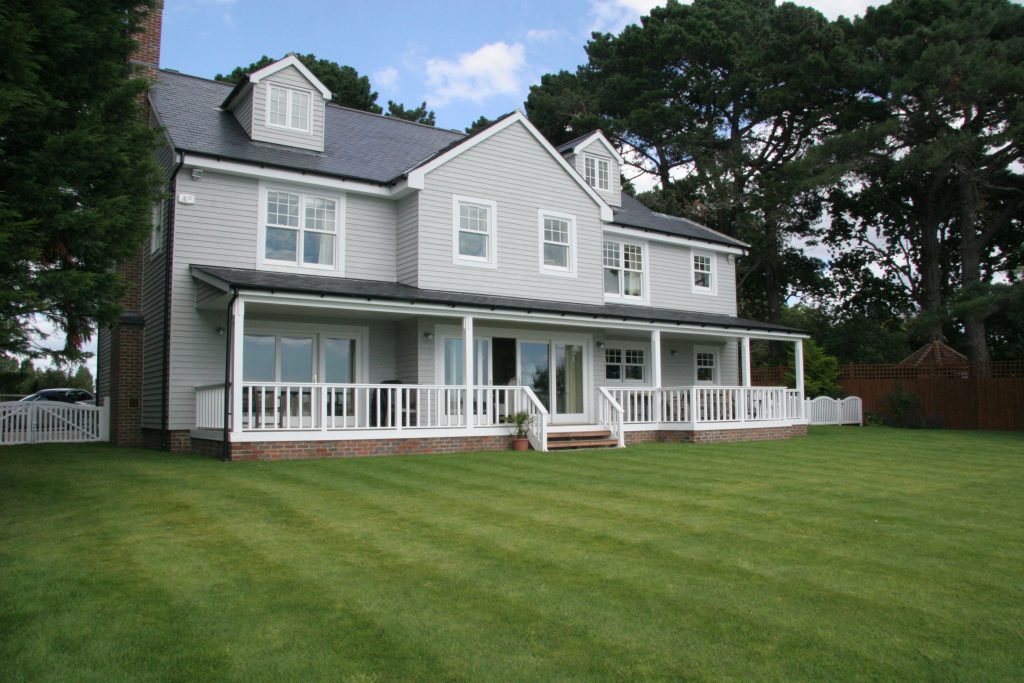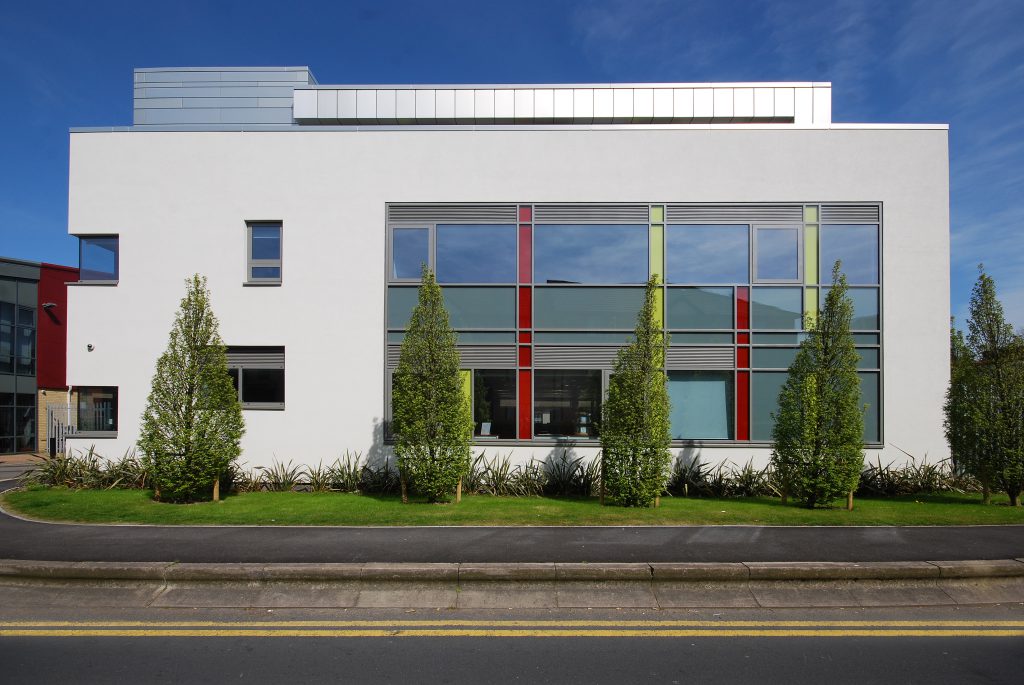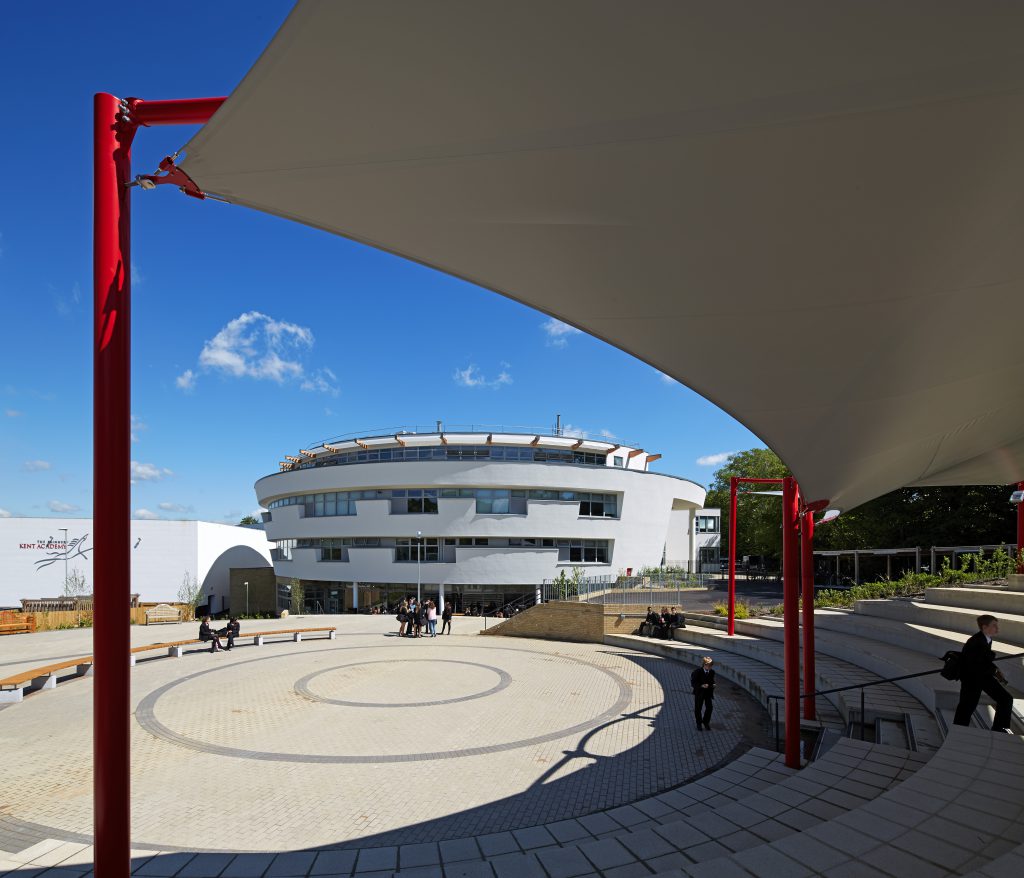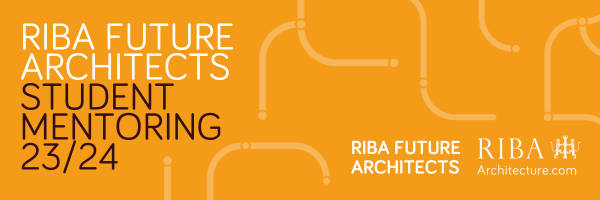In a new series of blogs titled ‘In Depth with a Director’, we interview our directors and find out more about how they started their career and where they see the future of our industry.
Next in the series is Technical Director Daniel Smith.
Did you always want to be a Technologist?
I always had an interest in buildings and the building trade as my father worked as a builder from the age of 15 through to retirement. As most did growing up, I had an intrinsic love of Lego and construction – although typically building cars(!) – but all feeding my imagination for construction.
What did you do before?
Before Noviun, I worked for a small local practice in Chichester producing a range of buildings from bespoke one-off large houses/extensions and smaller (4-10 unit) housing schemes, through to care homes and even crematoria.
When did you first start at Noviun and what role did you have?
May 2009, as an Architectural Technologist yearning to work on larger and more complex projects. The first project I worked on was a scheme in Reading to construct a sixth form centre for an all-girls school. The scheme had tight time constraints so required a change from steel frame to cross-ply laminated timber (CLT) to meet the programme deadline.
There have been several changes to technology of the years, what would you say is the biggest change?
The environmental agenda has driven the wider industry the most in the last few years. Driven through regulatory change, the industry has had to adapt to new challenges of lower U values, air tightness and better building performance, not only at inception but understanding the on-cost to the end user throughout the building’s life. The pressure on technical detailing is to continue to provide the basics of good practice, whilst satisfying this continued improvement to building performance.
There has been a big spotlight on the industry recently due to the Grenfell tragedy. What has been your biggest take away from this?
As an industry we are very good at learning from these tragic events, reactive if you like, however we all have a professional responsibility and duty of care to be proactive with our clients to highlight these issues before they occur. There is a wealth of knowledge in the industry from other professionals or learned individuals in their chosen fields, be this fire consultants through to product manufacturers. We all need to ensure we are doing our due diligence on all decisions and making sure checks are being made by the appropriately qualified individuals to give confidence to our clients but also to the rest of the industry. The window this has given everyone into just one practice shouldn’t be used against all others in the industry, although it serves as a reminder to all of the importance of the roles we have.
How do we adapt and change following this?
The spotlight has been placed on decisions made during the design process, material choice and installation, however I believe it goes further back to the suitability of buildings to begin with. Those clients looking to alter their buildings should first scrutinise with their designers the technical aspects of the scheme through feasibility studies, and establish whether an existing building’s deficiencies can be resolved satisfactorily to be in line with current guidance.
As technologists we need to fully understand the systems and materials being proposed on these buildings and rigorously test them against the guidance, governed by third party acknowledgements or through inter-learning from other professionals. As businesses, it puts a spotlight on internal practices and a need to ensure rigorous quality assurance is carried out.
What is the biggest challenge facing the industry right now?
Trust. I believe this has been severely impacted due to the media coverage of the Grenfell disaster, due to incorrect comments and assumptions made during the early days, and the ongoing public enquiry is showing the industry in a bad light. We aim as a practice for transparency with our clients and end users to ensure all decisions are founded on good working knowledge and technology.
What should a student be looking to learn to enter a career as an Architectural Technologist?
As a wish list I would suggest a good understanding of maths and physics is key core academia, with an understanding of material science. People don’t initially assume that these subjects relate to the construction industry, but understanding the products available and their limitations often speeds up decision making and lends vital insight to contractors to install products and details how we propose them.
Where do you see the industry in 5 years?
I believe the industry will truly have to get behind two key aspects, BIM & climate change.
We are already in the main, working on projects with BIM working and coordination. However this often falls down at site level with supply chains not geared up to this methodology, but with increased pressure to deliver all outputs in BIM post construction, this is key to realising the true power of this way of working.
Climate change is known by all, but the knowledge of its future impact and how this will affect the buildings we design is fundamental. Regulation will drive this, however the speed of bureaucracy is never swift, so we as professionals need to aid this by passing on our knowledge to others so they may be better informed of legislative change or new technological methods for achieving enhanced environmental requirements.
Thank you to Daniel for taking the time to answer our questions and check back soon to read more In Depth with a Director blogs about our other Directors at the practice.


